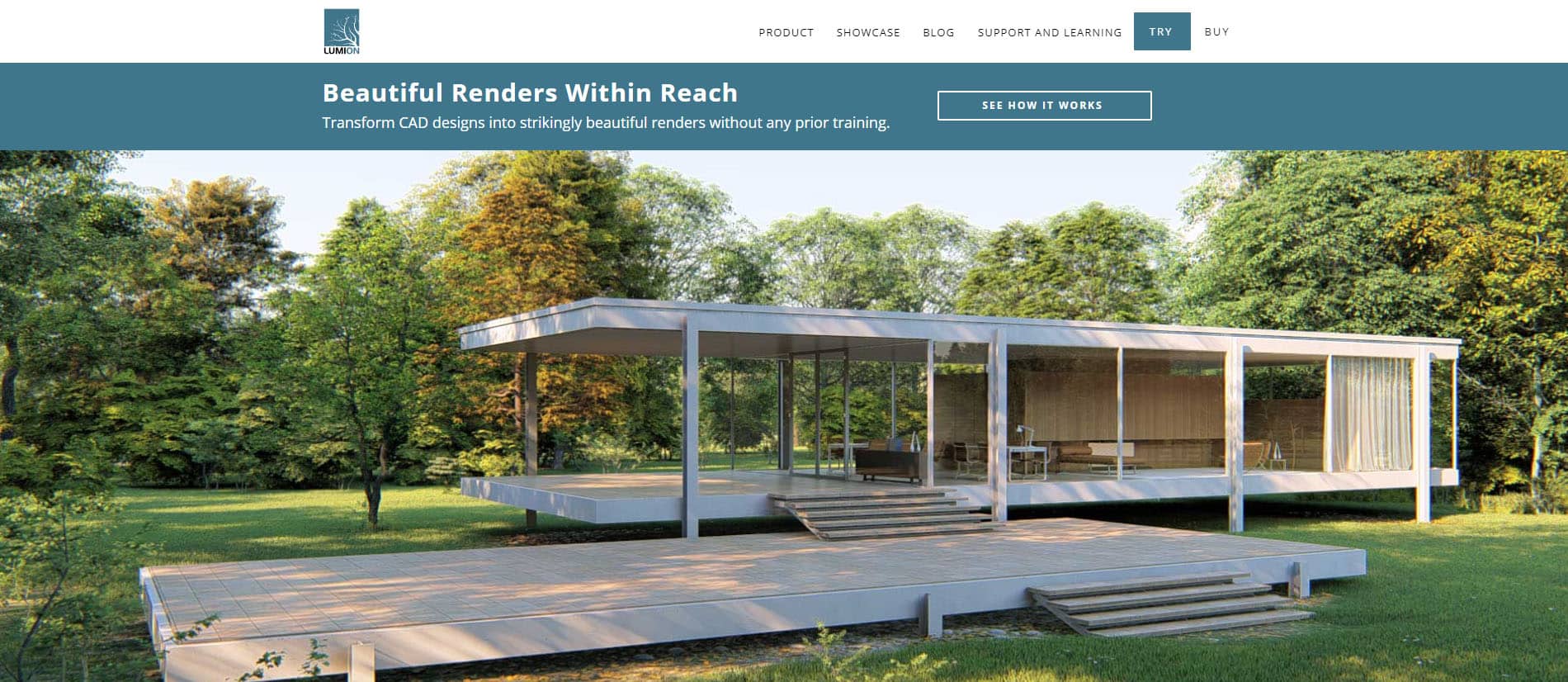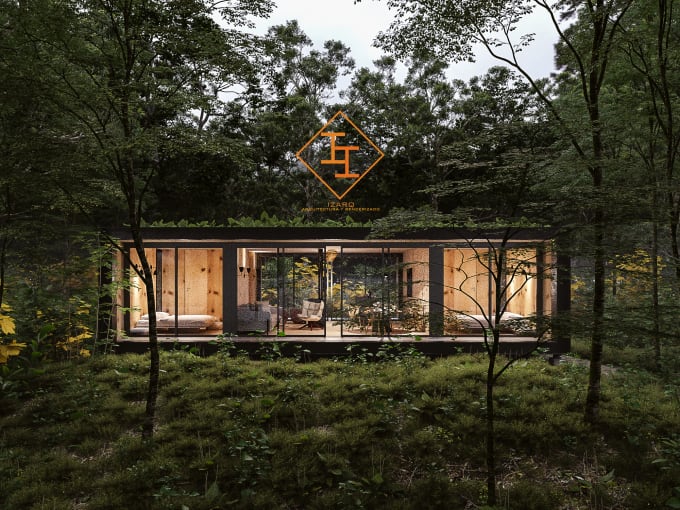

Enscape is a young engine for a good price. Lumion seems to be more matured, but the price is very high. Also, not all objects of a scene are shown at the reflections.ĭoe's Lumion reduce the objects at reflections too? If I look through the Lumion gallery, than the GI lighting of some images doesn't looks so nice realistic like at Enscape. If I understand right, Enscape supports something like the speedray reflections of Lumion only. Lumion supports three kind of reflections. Intervento 10.1.5 “difesa del suolo ed incremento Lumion you will find, if you look, which kind of reflection are available.

Is this workflow a bust for Enscape? If we were to try Enscape, would all planting need to be done in sketchup. You can refer more about system requirements here.
#VRAY VS LUMION WINDOWS#
If you plan to use V-Ray GPU, Windows or Linux would be the better options.
#VRAY VS LUMION MAC#
There is a critical disadvantage on Mac platforms as there is no official support for GPU rendering. V-Ray supports Windows, Linux and Mac platforms and the choice comes down to personal preference. Another use case is the hybrid rendering within V-Ray GPU, where both the GPU and CPU components can render at the same time. Alternatively, when using the GPU engine, V-Ray utilizes the graphics cards for rendering, but also partially uses the CPU (for example, when calculating the Light cache GI solution). When using the V-Ray CPU engine, all available processor cores are engaged for rendering, but at the same time the GPU devices can be used for denoising and applying lens effects. īoth the CPU and the GPU devices can be used simultaneously with V-Ray. You can find more details on Lumion official website or here. Lumion is available only on Windows, no MAC version. It is recommended to use a desktop computer with a good ventilation system to protect the processor and GPU card from overheating.

#VRAY VS LUMION SOFTWARE#
Lumion is definitely a powerful and heavy software according to the quality of the renders and the features it offers, that’s why it demands a high performance computer with the only one most graphic card and strong memory. If you use Vray to render images and other software for modeling, animation and so on, the project will take longer and you need actual experience to get the results.

Vray has high performance in terms of interior and exterior renders, lighting and editing interiors, while Lumion shows amazing capabilities in exterior scenes. Vray is known to work with material and lighting, high performance in terms of rendering of rendering interiors and exteriors scenes.Īs for the timing, lumion is generally speaking faster than Vray, one render takes seconds to minutes while Vray take a bit longer in render if you want higher quality and this is due to the fact that the render in Lumion is by default, while the one with Vray is personalized according to the needs of users. Vray doesn’t have a personal library of object to use, you are expected to model the scenes yourself or imported them from other 3D software. Therefore, if you want to create interior scenes, the library is not as great in terms of interior elements and objects. It was made and configured in the beginning for use in urban projects, not for external renders. Lumion offers a large variety of objects and 3D elements and everything you need in a scene. While Lumion is a stand-alone software, Vray mostly used inside a 3D package. These software are mode for the most part of rendering, not modelling, but they are also different in many aspects.


 0 kommentar(er)
0 kommentar(er)
